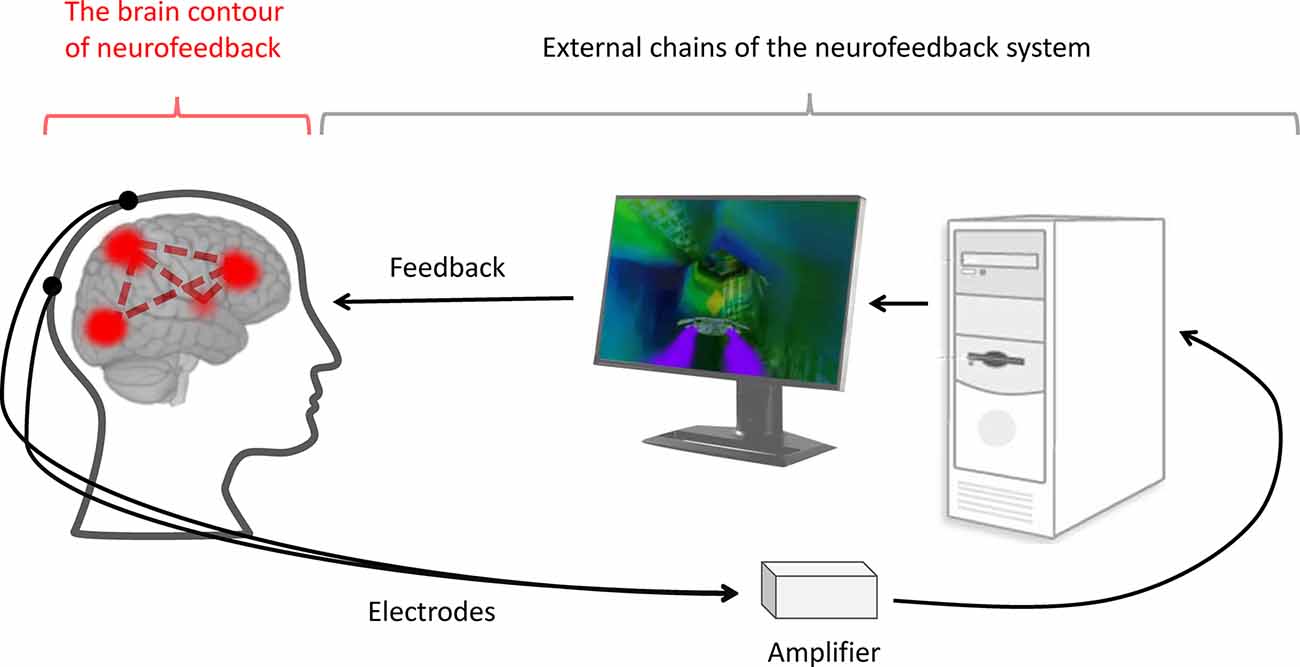
qEEG involves positioning small electrodes on the scalp to record cerebral oscillations. These brain waves are then examined to detect trends that may suggest sleep disorders, including sleep apnea. By analyzing these trends, healthcare professionals can gain a more precise picture of how sleep apnea interrupts typical brain activity during sleep. This data can be essential for formulating efficient therapeutic plans customized to specific clients. Understanding the relationship between qEEG and sleep apnea can lead to improved diagnostic methods and superior results for those impacted by this disorder.
Studies has shown that individuals with sleep apnea often display specific alterations in their brain oscillation patterns. For example, during episodes of apnea, the brain may show increased activity in specific regions while additional regions become more engaged. These alterations can affect how well a person sleeps and how rested they feel upon awakening. By employing qEEG to see here now track these cerebral oscillation trends, physicians can recognize specific traits of sleep apnea in clients, which can assist in formulating a more accurate identification. This is especially important because sleep apnea can sometimes be mistaken for other sleep disorders, leading to inappropriate treatments.
In addition to improving diagnosis, qEEG can also serve a part in evaluating the effectiveness of therapies for sleep apnea. For example, after a client starts employing a constant beneficial airway force (CPAP) device, which assists maintain the passage clear during slumber, qEEG can be utilized to assess changes in brain activity. If the brain shows enhanced trends of slumber after initiating treatment, it may suggest that the treatment is functioning well. This feedback can help doctors make necessary adjustments to treatment strategies, guaranteeing that clients obtain the optimal treatment feasible.
In summary, the relationship between qEEG and sleep apnea patterns is an exciting area of research that holds promise for enhancing diagnosis and treatment. By comprehending how sleep apnea impacts cerebral activity, medical providers can develop more effective strategies to assist patients achieve better slumber and enhance their general well-being. As studies continues to evolve, it is likely that qEEG will become an integral tool in the fight against sleep apnea, resulting to better results for those who experience from this difficult disorder.